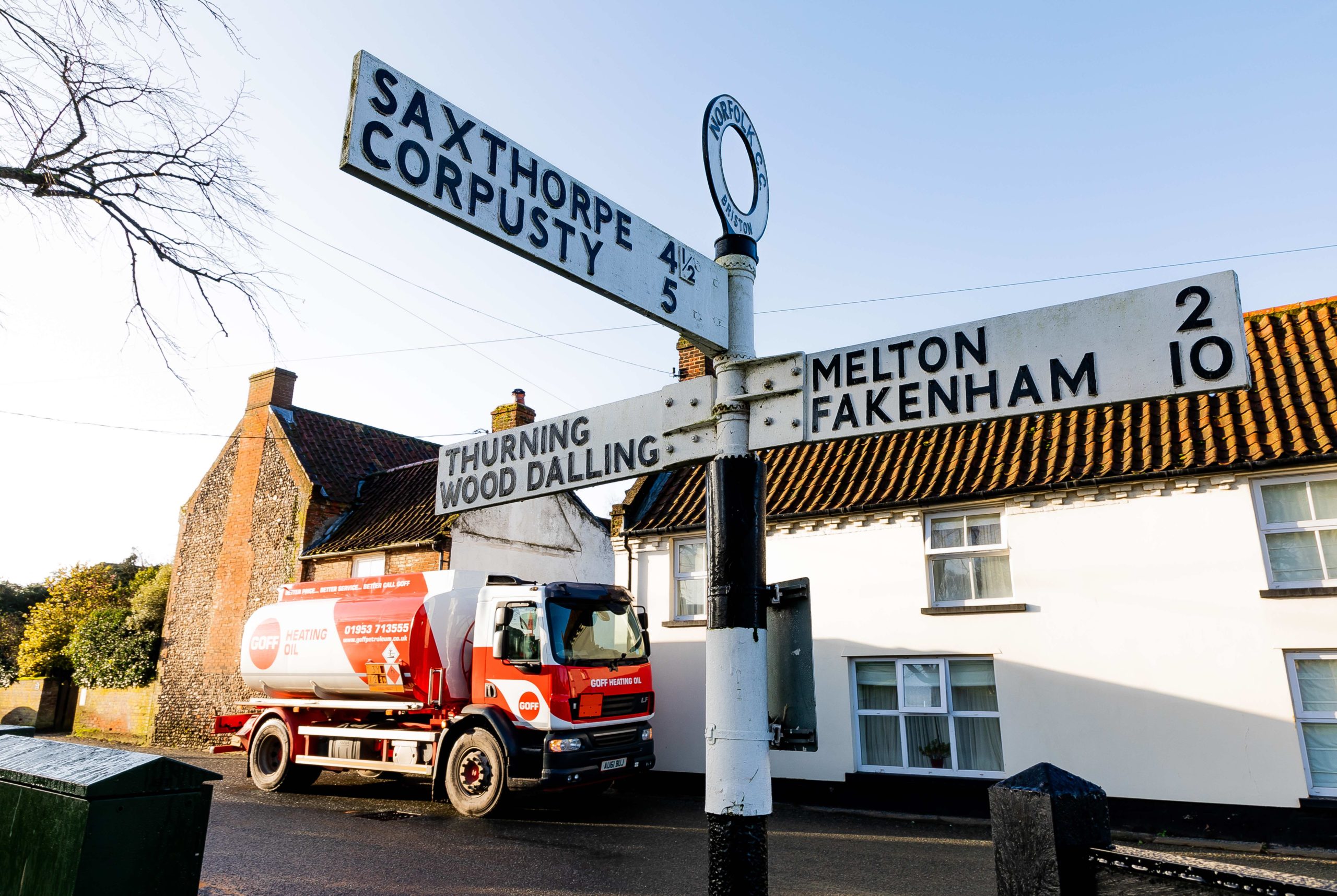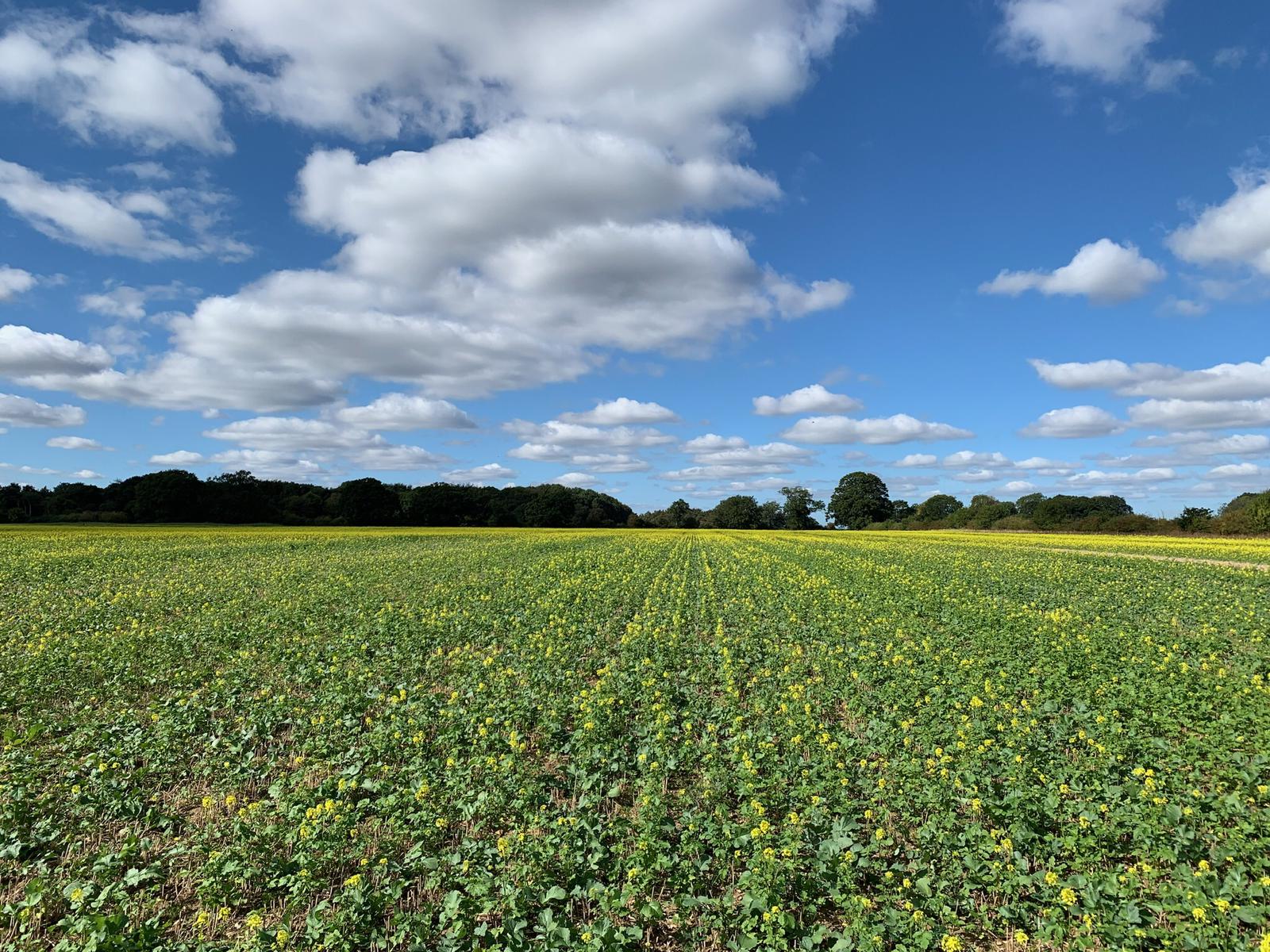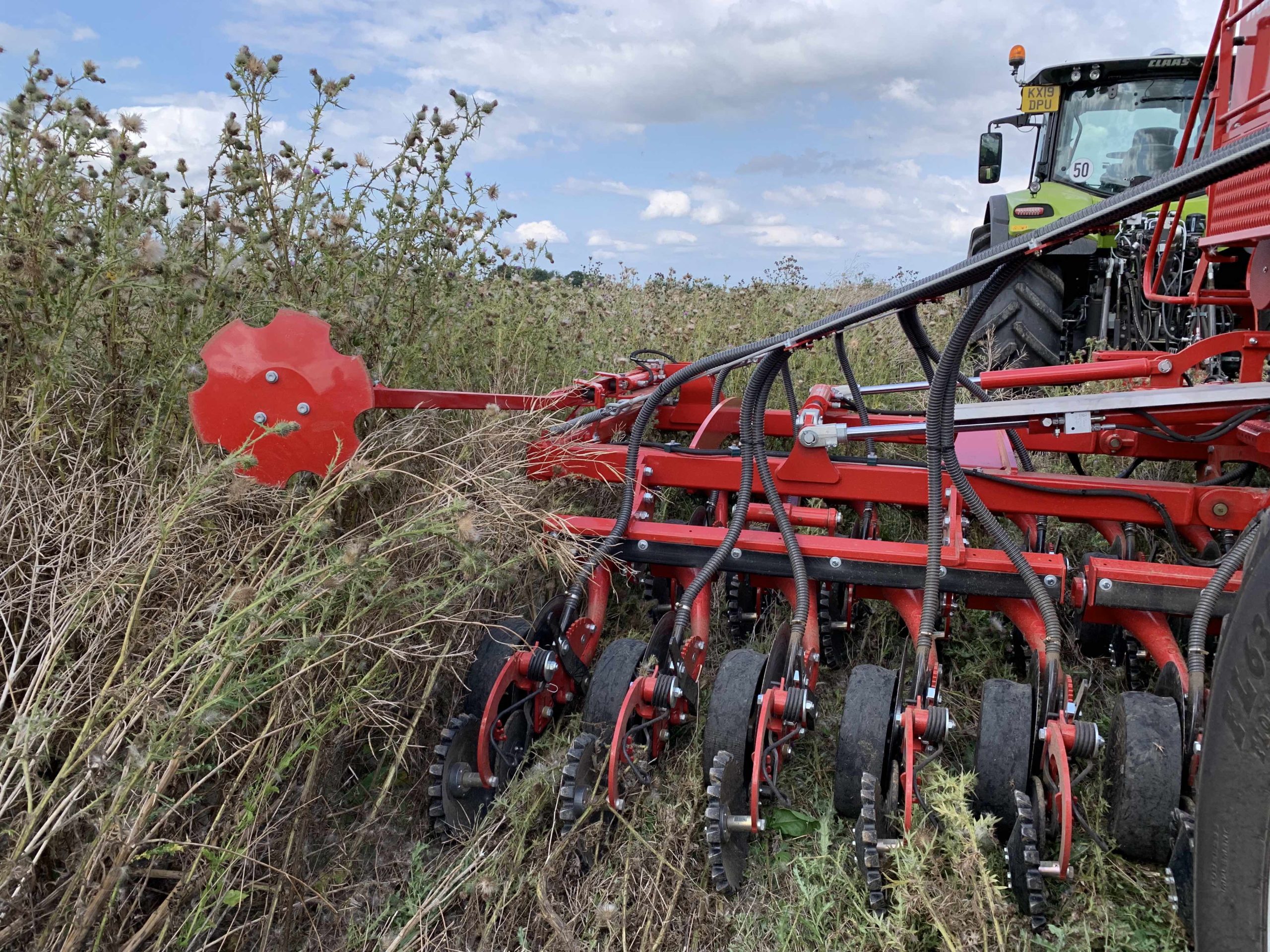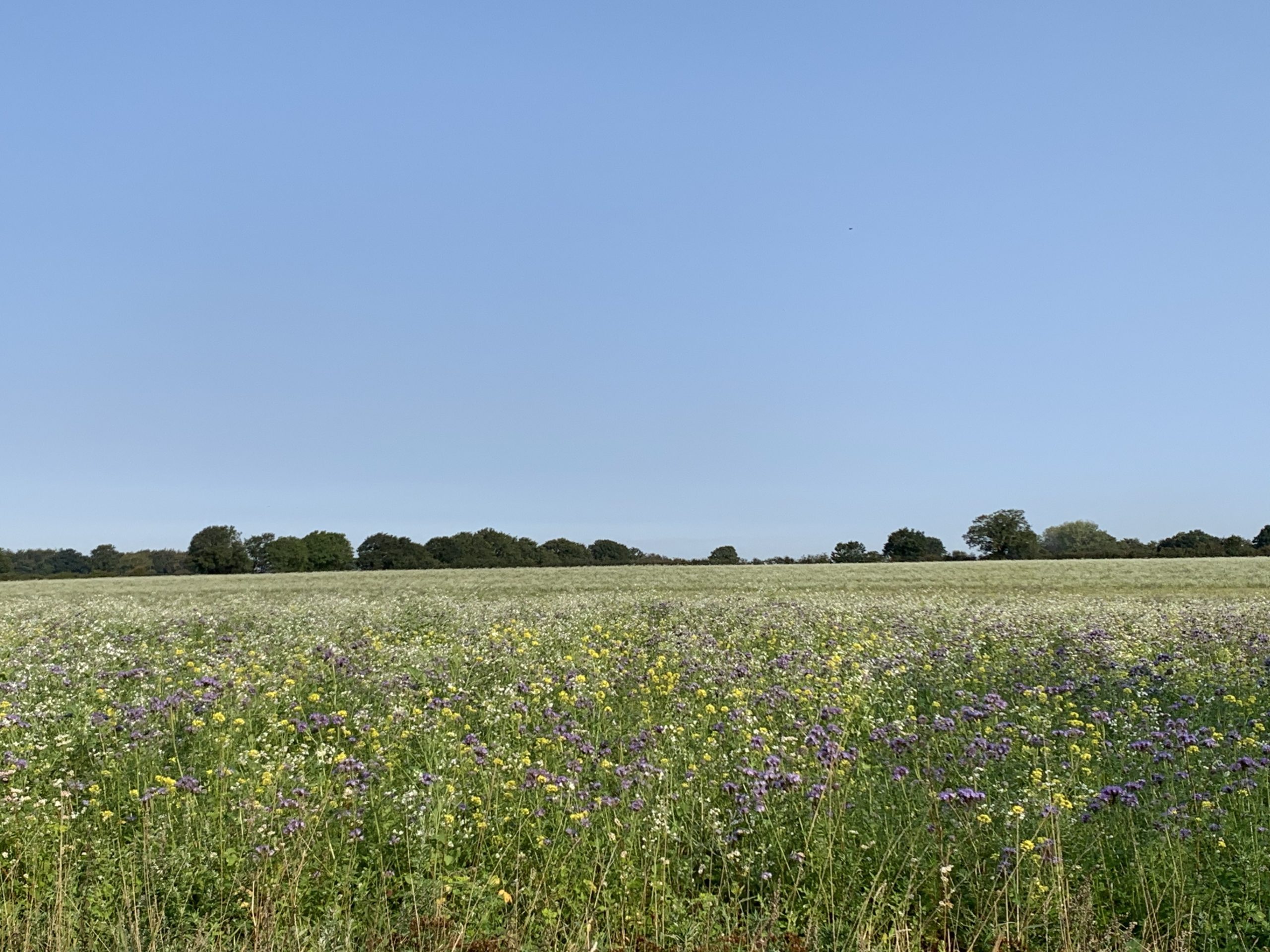Carbon Sequestration
Carbon is the chemical backbone of all of life on earth.
All of the carbon currently on earth is the same as it has always been.
The carbon cycle describes the process in which carbon atoms continually travel from the atmosphere to the Earth and then back into the atmosphere. Since our planet and its atmosphere form a closed environment, the amount of carbon in this system does not change. Where the carbon is located — in the atmosphere or on Earth — is constantly in flux.
Climate change is happening because there is too much carbon in the atmosphere.
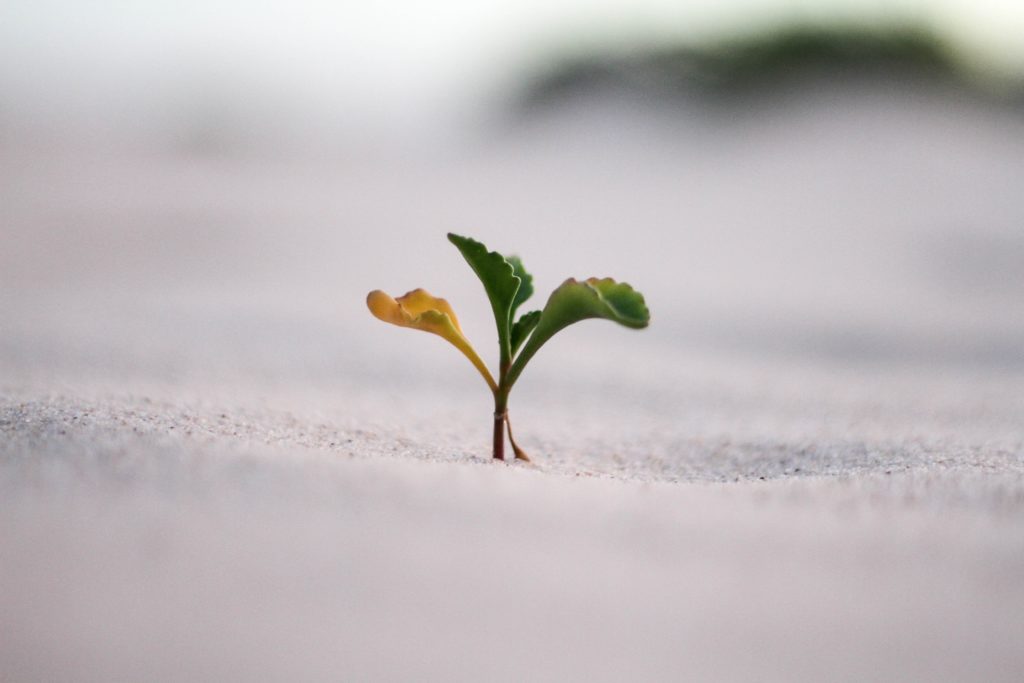
Carbon however is not the enemy, it is in fact the building block of life...
The problem is balance, we have 5 stores for carbon on our planet, a large proportion of the fossil fuels have been burnt and the carbon has been released into the atmosphere. The soil has also lost a lot of carbon as practices of modern large-scale farming have seen the soil properties damaged. The oceans have absorbed more carbon than ever but can no longer absorb more carbon without damage to the planet. The atmosphere as is well documented currently holds far too much carbon.
Through regenerative farming or carbon farming as some call it, we are using techniques such as cover planting, tree planting, no tiling, no chemicals, crop rotations and grass land use to help replenish the soil. Plants draw in carbon through photosynthesis and release the goodness into the soil. Better soil means plants grow better and draw more carbon in, better soil quality also helps store more water making land more resilient to drought.
The way we grow our food, fuels and clothes either draws carbon into our soils or releases it into our atmosphere, the regeneration of our planets soil is the task of our generation.
‘Regenerative organic agriculture is really the future.’
6 Principles of soil health...
While every farm is different, there are several basic principles that farmers use to build healthy soil.
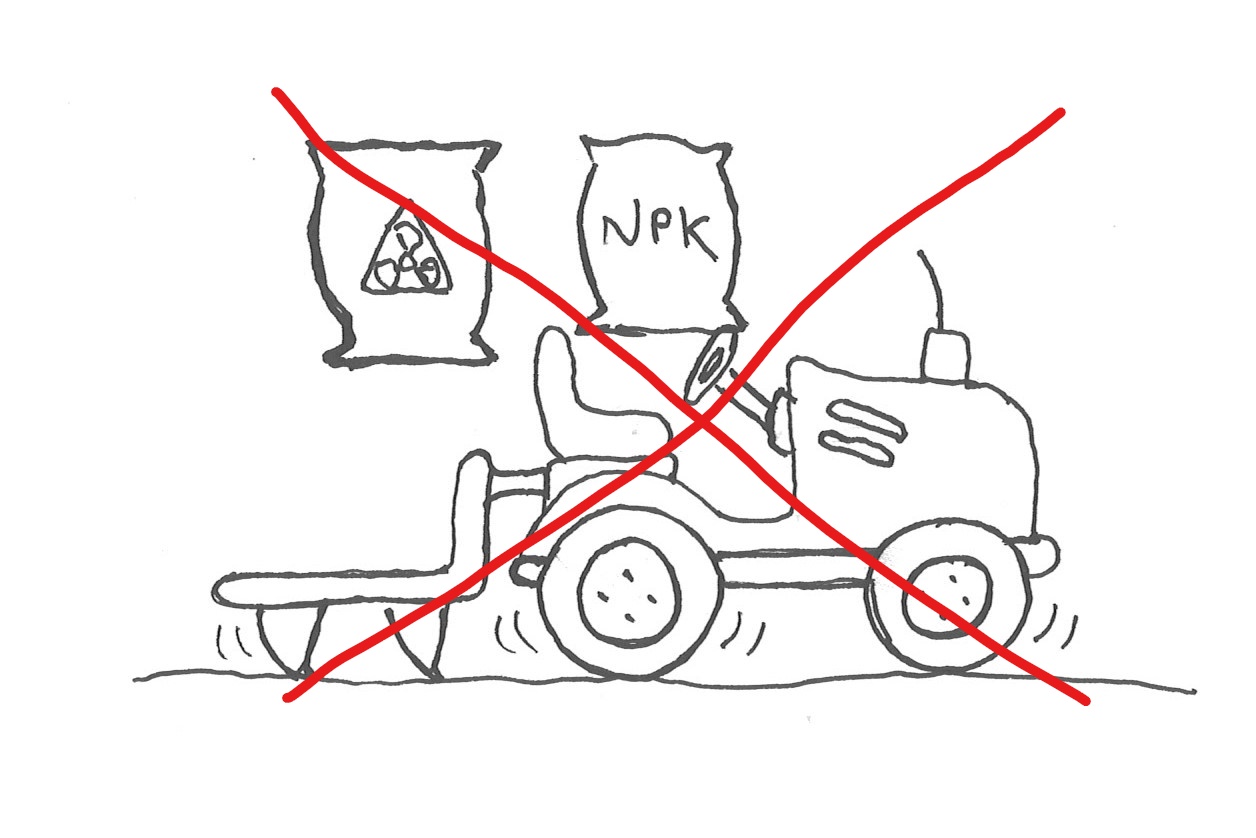
1. Least Disturbance
When ever possible we avoid plowing the soil, and never use any harmful chemicals or pesticides. By avoiding these we are making a commitment to being organic and also help create the conditions for the soil ecosystem to thrive.
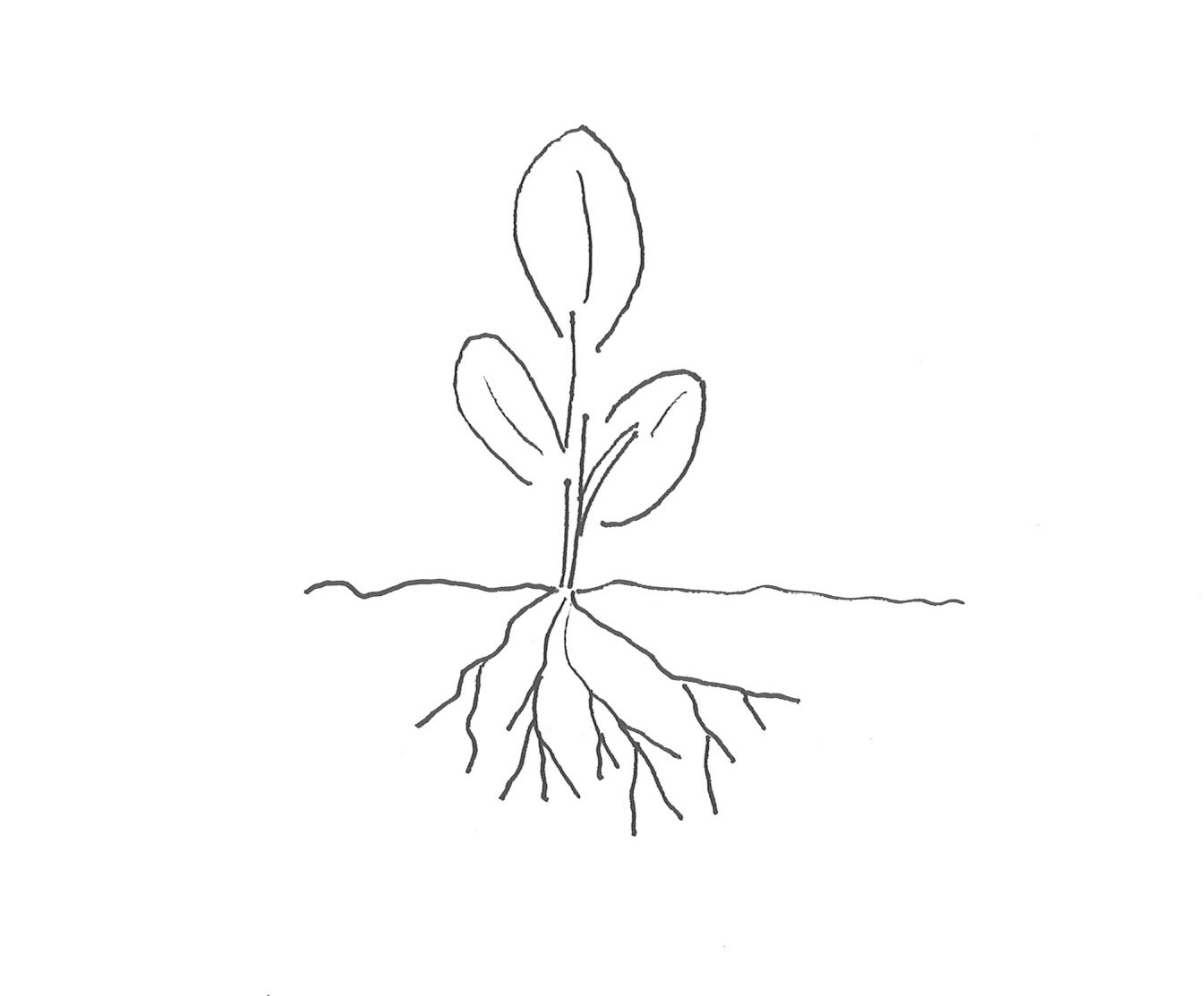
2. Living Root
Ideally there is living roots in the soil all year-round, if this is not possible then for as long as feasibly possible. This means year round carbon capture being taken and stored within the soil structure, this in turn provides plants with more nutrients and helps prevent soil erosion.

3. Build Surface Armour
By maintaining soil coverage all year round through living plants or even dead plant material this reduces both soil erosion and soil temperatures, helping create a nutrient rich soil structure.
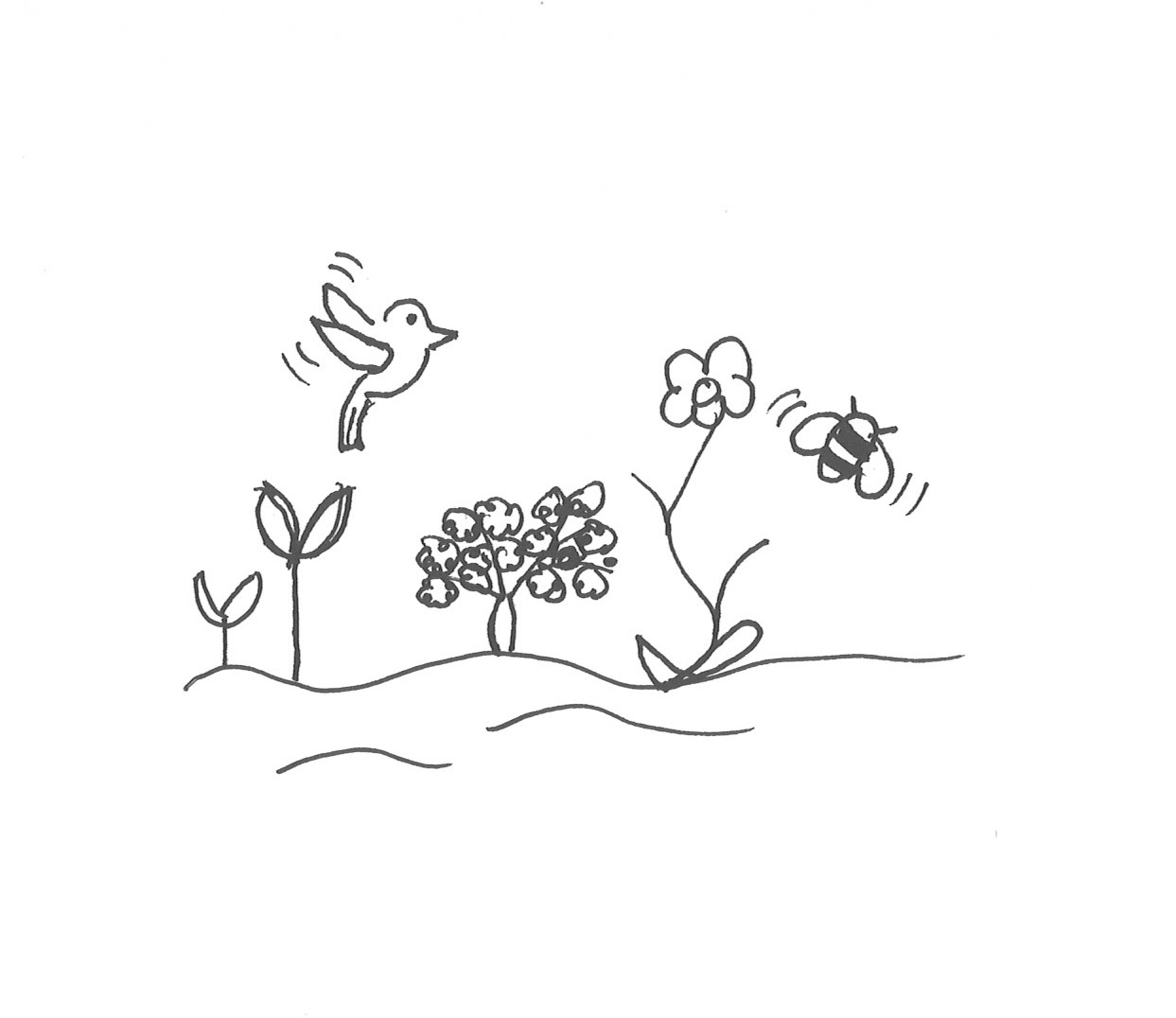
4. Increased Bio-Diversity
By growing a rich and diverse range of plants throughout the year, this helps create a nutrient rich soil, through increased carbon capture, which in turn further reduces the occurrence of plant diseases or pests. Further more this also attracts a wide range of wildlife to the area which is a pleasure to see.

5. Integrated Animals
We include our animals within the Foxburrow farming systems this helps close the nutrient loop and what’s more this reduces the need for additional fertilizers.
Using a system known as “mob grazing” we use combinations of animals to maintain Foxburrow’s unique ecosystem and climate.
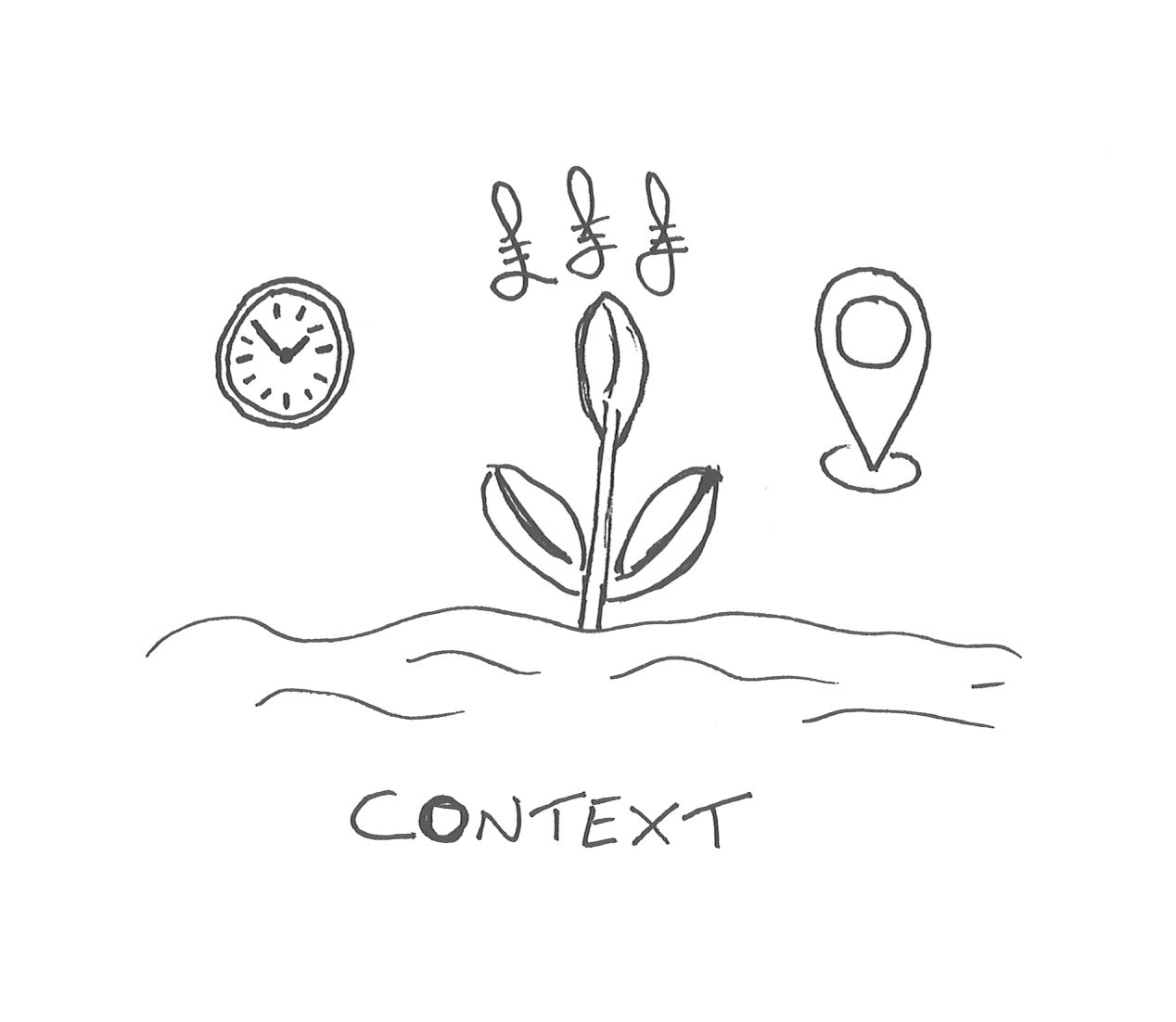
6. Foxburrow Context
No two farms are alike, so the context of our landscape, crops, livestock and economic requirements are key to how we farm. At Foxburrow we have a mix of soil qualities but endeavour to improve all our soil sub structures in a holistic way. We truly believe that regenerative farming is a win win for the environment local and global but also for the business that is both crop and livestock farming.
Find Out More About...

Sustainability
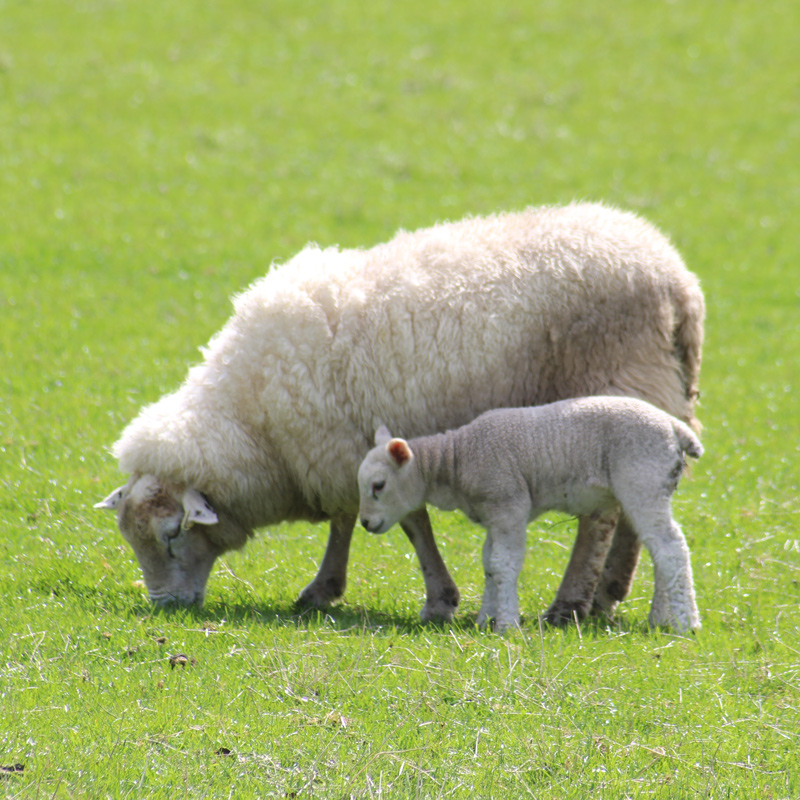
Animal Welfare
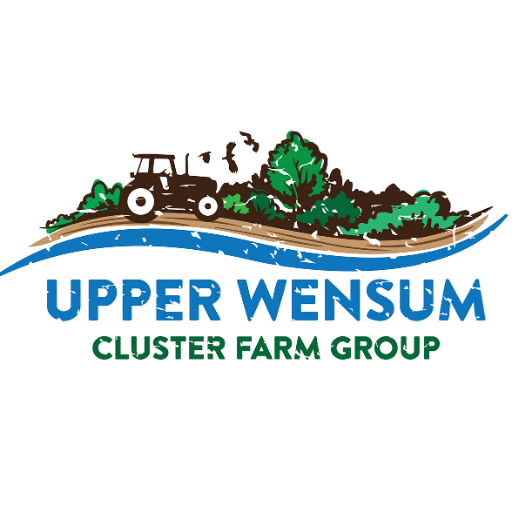
Farm led Groups
